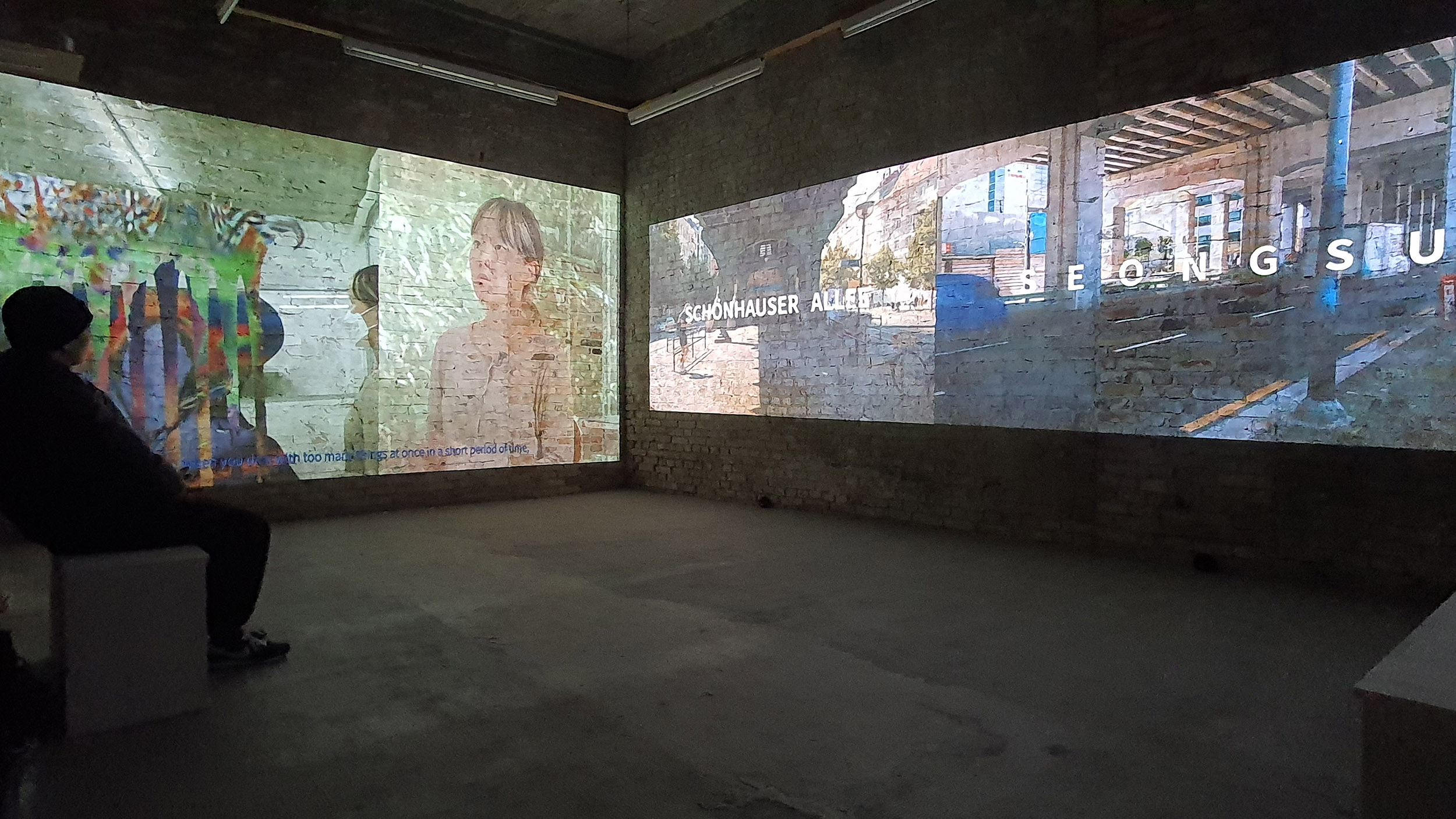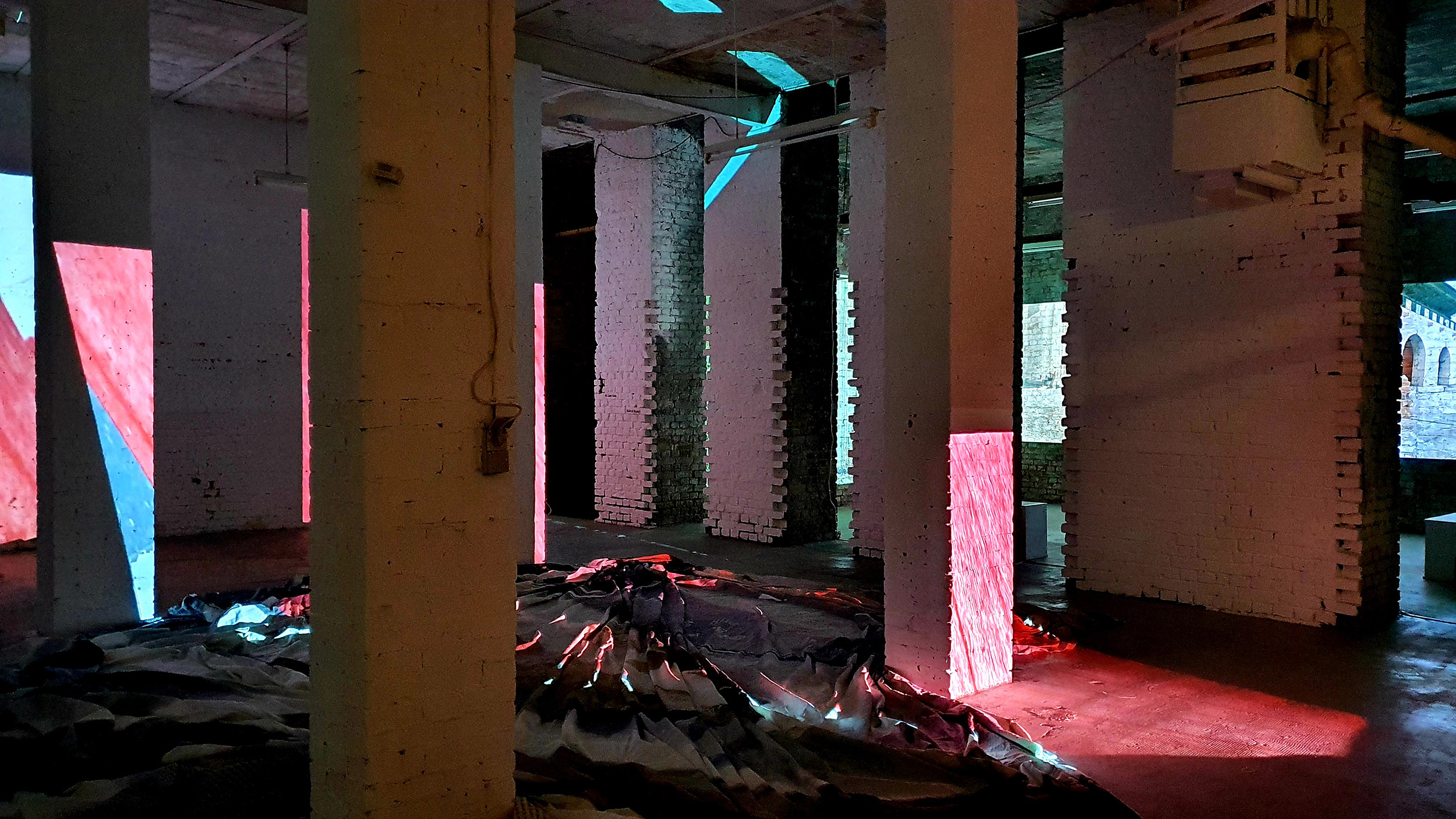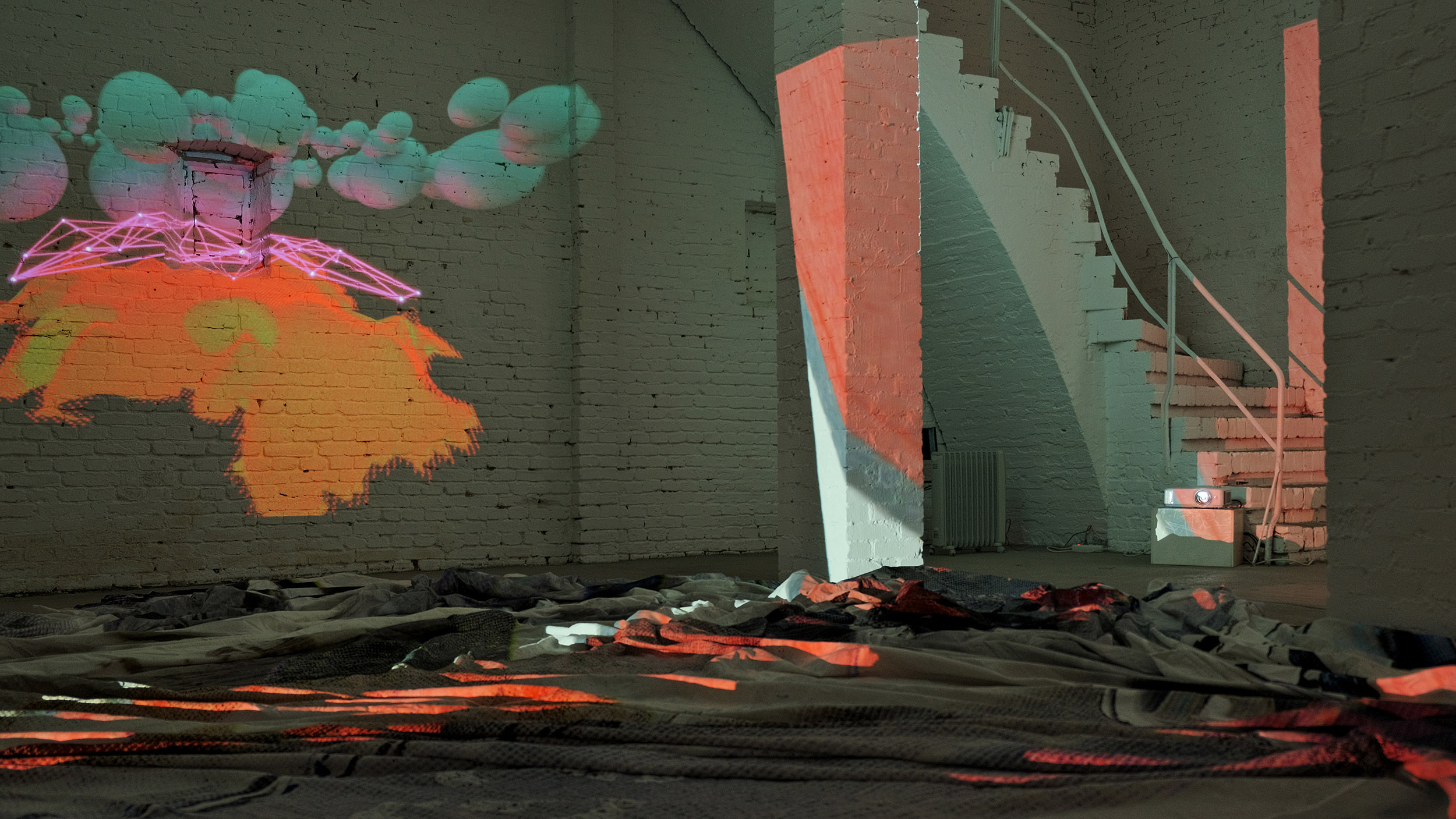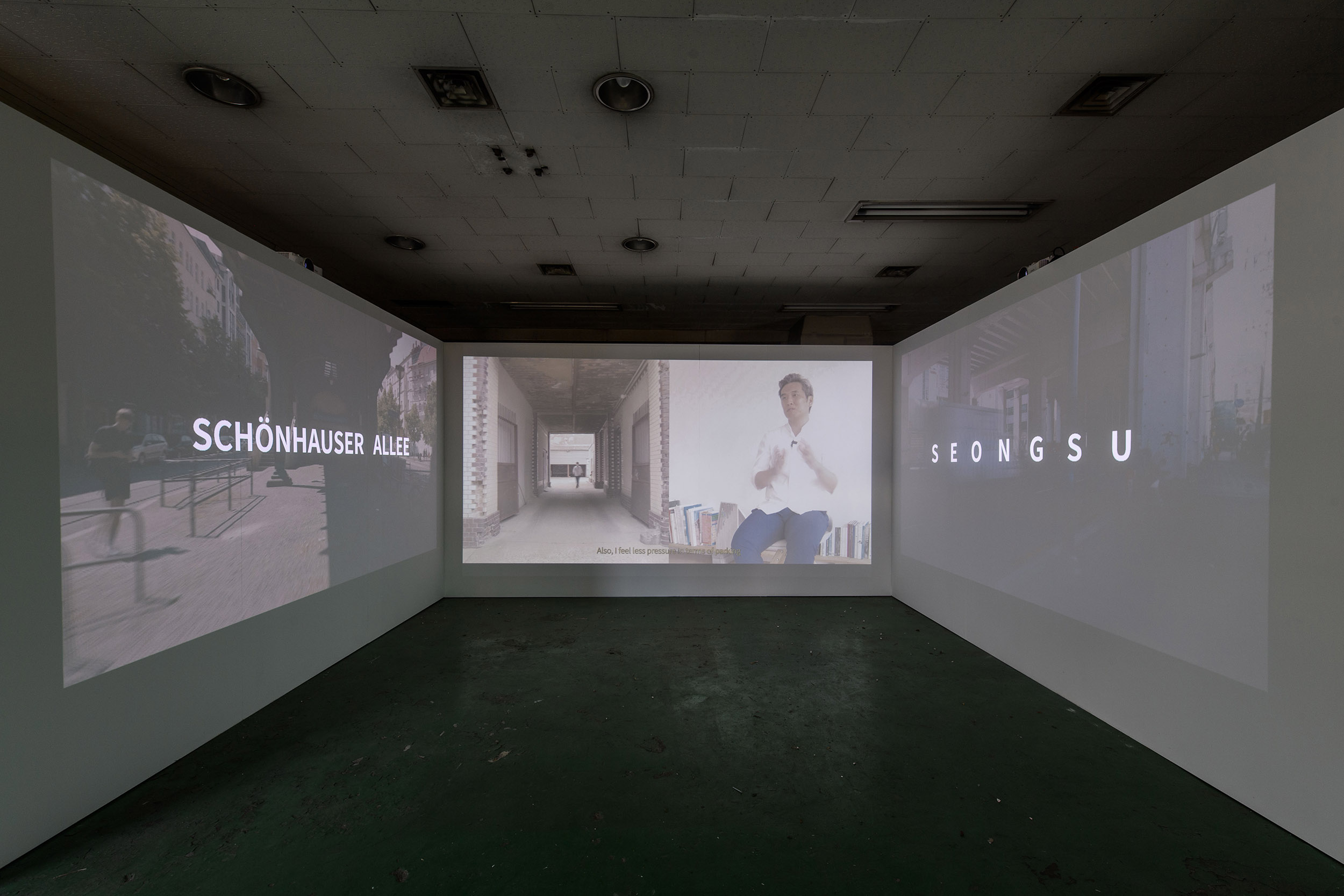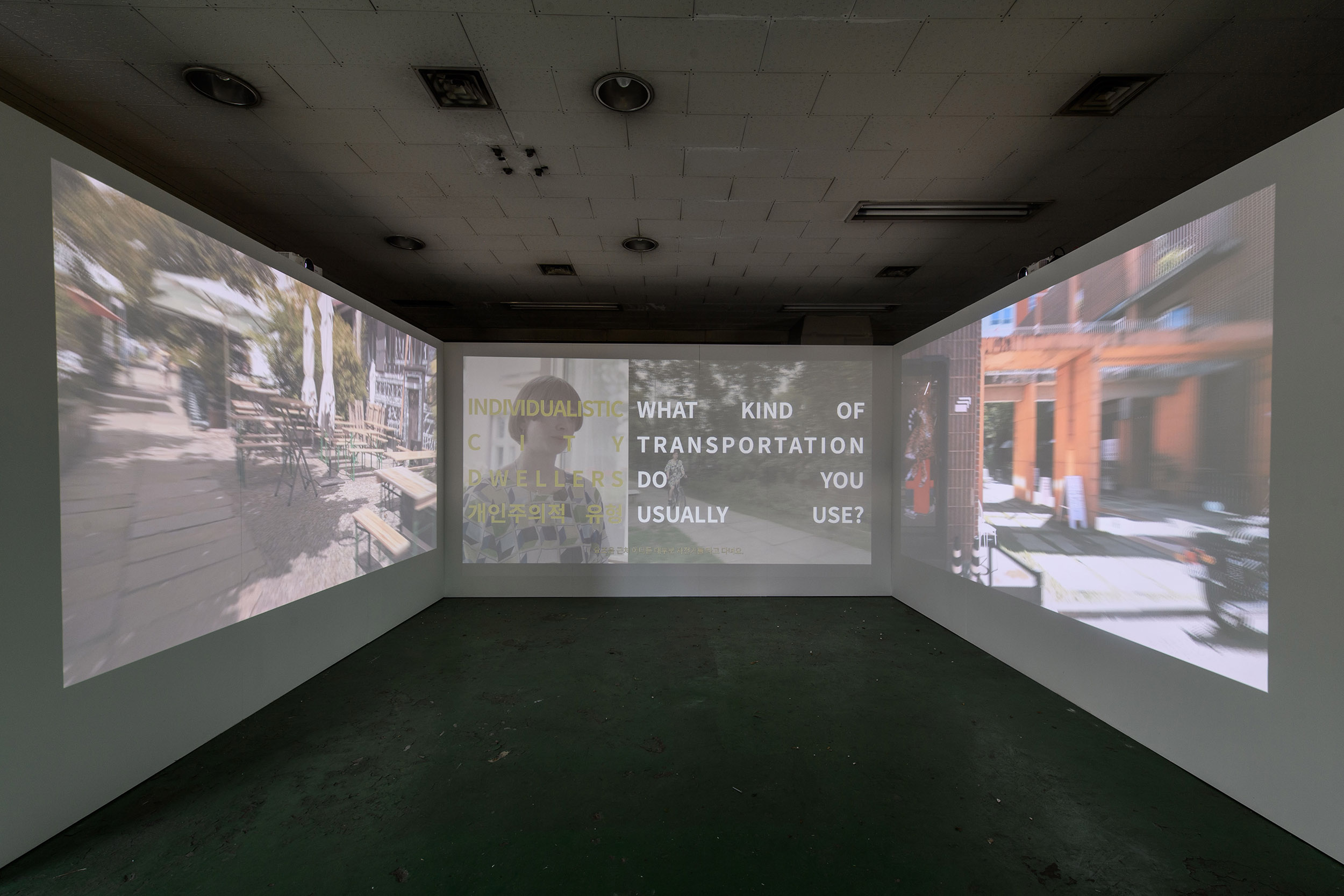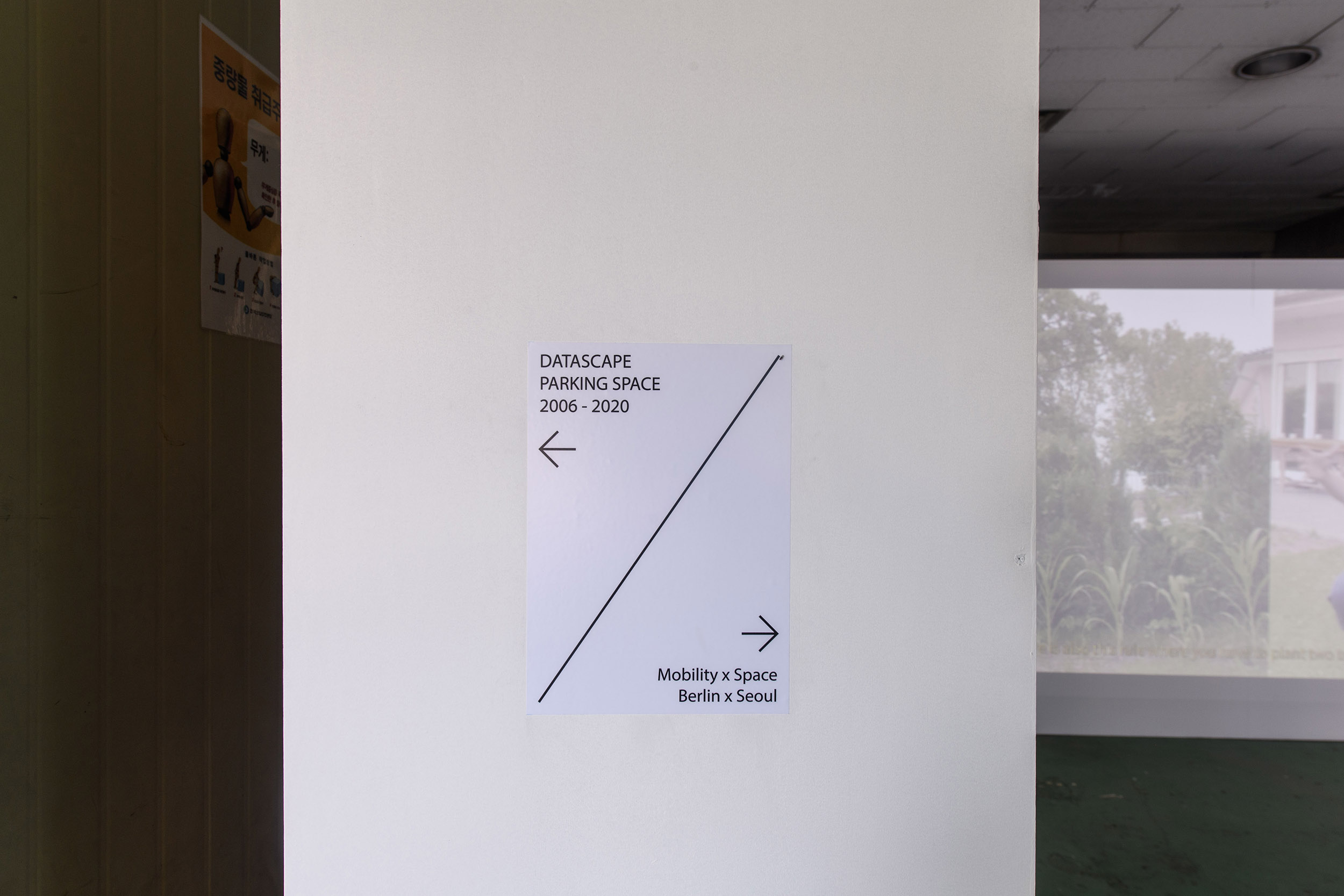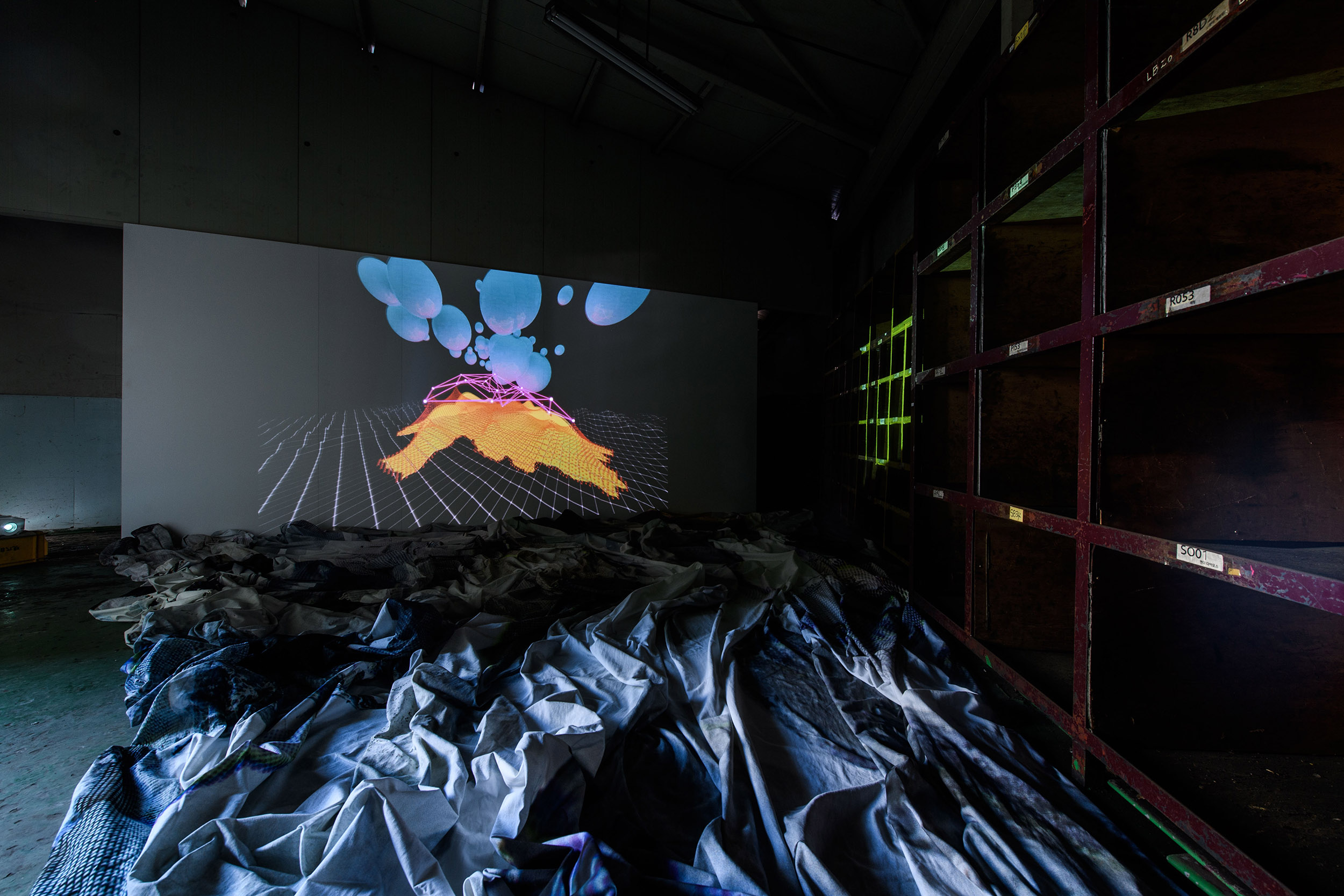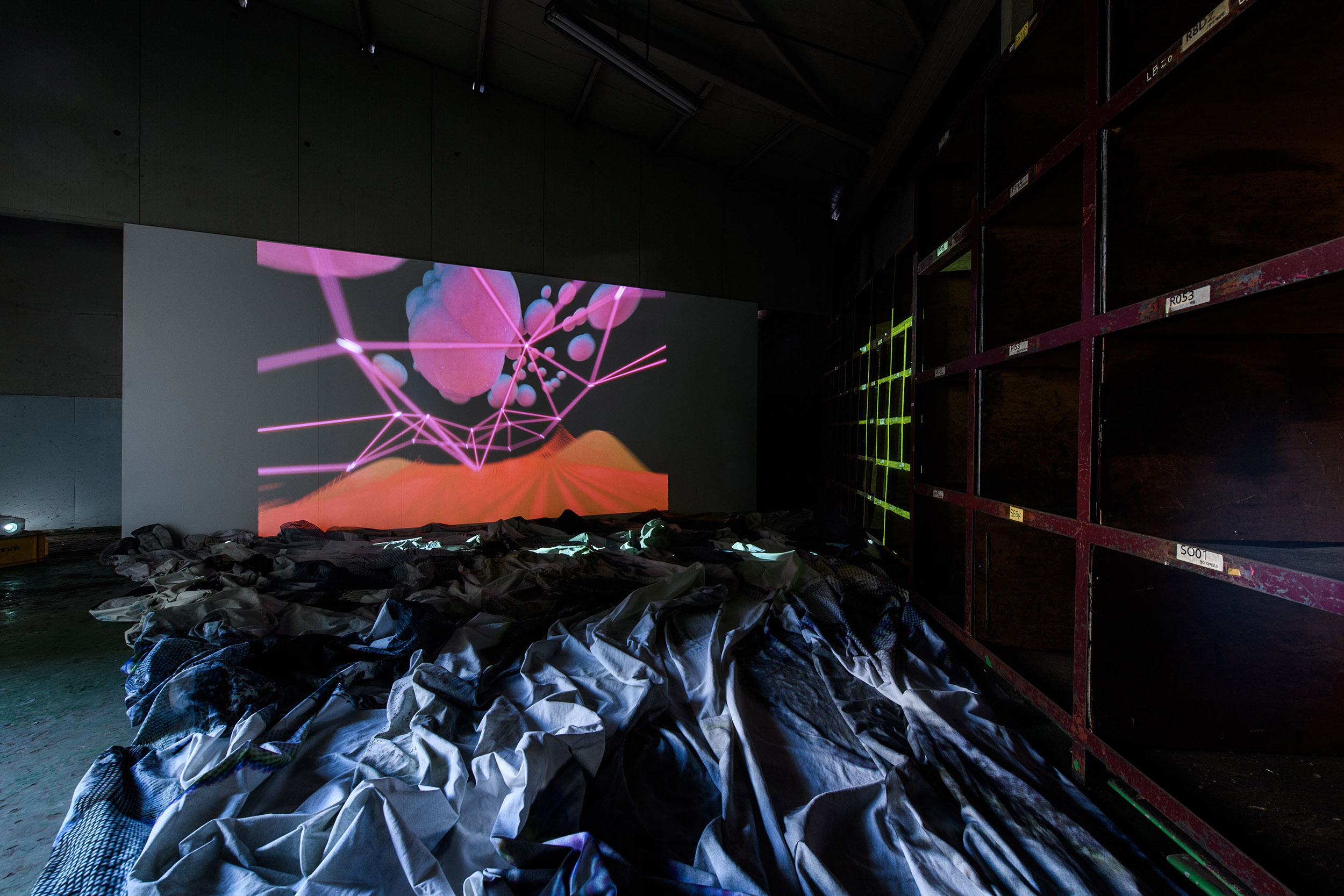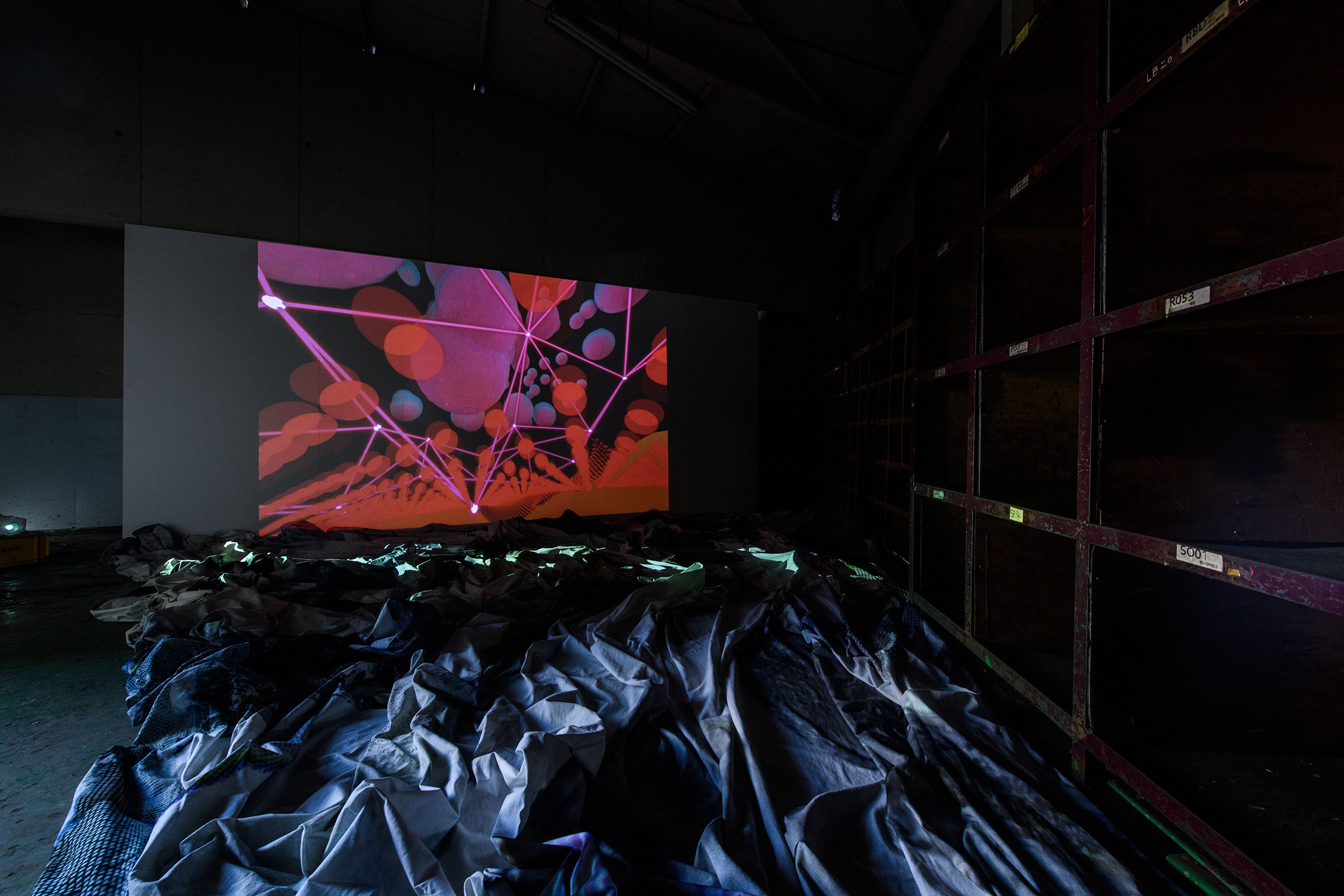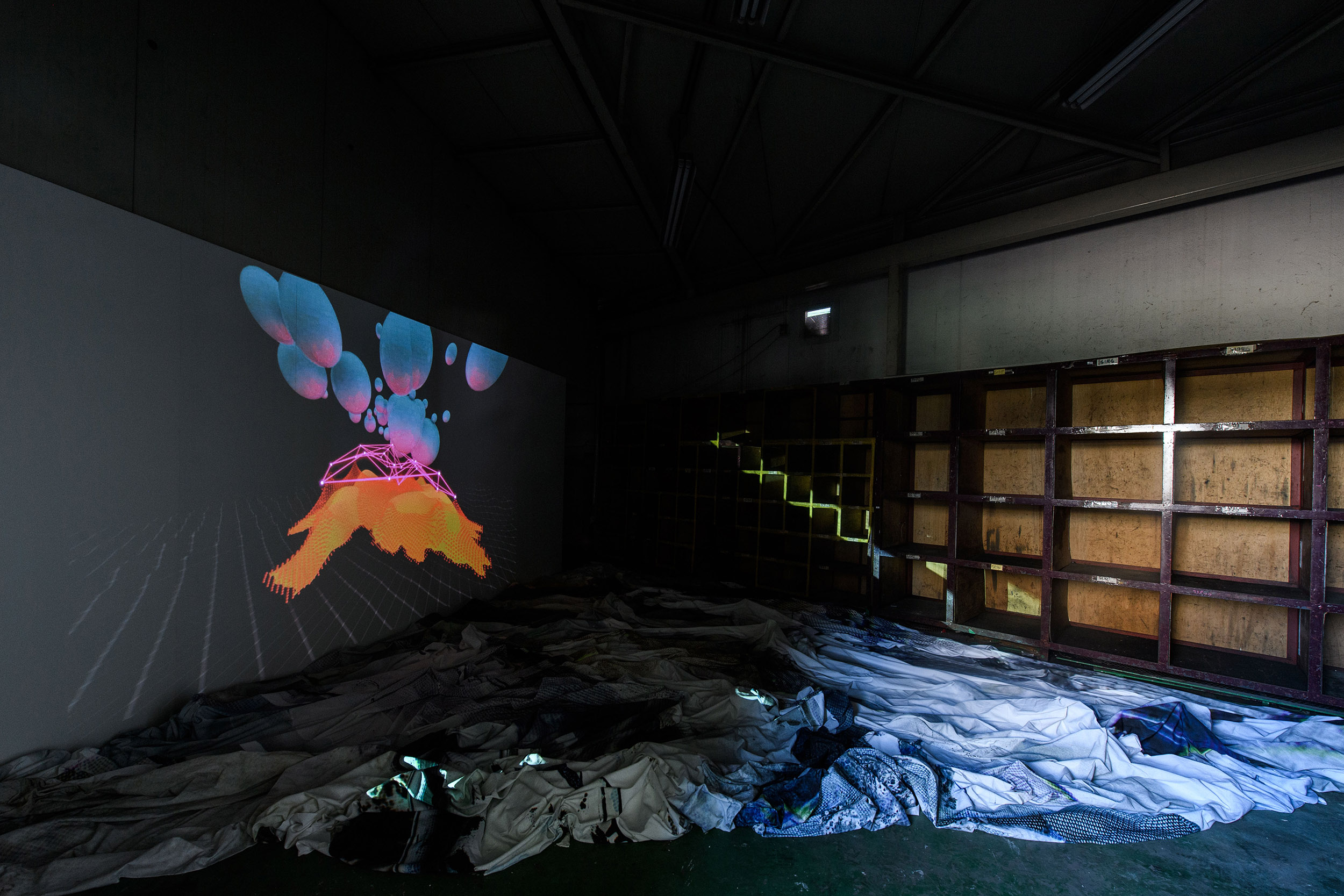
Kim Kijun aims to express the progress and change of the mobility concept in the city through cross viewing urban mobility in Seoul and Berlin. The development of mobility in terms of aesthetic and functional perspectives means a “faster A to B.” However, from the perspectives of urban space and society, better mobility can be understood as a “means for more possibilities to remain in desired territories.”
Mobility means ways of transportation, and as ways of transportation increase, parking lots play a crucial role as places where cars—the means of mobility—depart and arrive. As cities develop and mobility increases, parking lots occupy larger spaces in the city, but at the same time, they reveal an inefficient use of space—being emptied more than half of the day. The 〈Where the movement stays〉 project, started from these clues, exhibits a 3-D data scape which analyzes the size of parking lots, the amount of movement, and the speeds near parking lots in city centers, and provides in-depth interviews on various types of mobility in the daily lives of citizens living in Seoul and Berlin. 〈Where the movement stays〉 demonstrates Kim Kijun’s philosophy of “move to stay well,” which is accompanied by Kim's personal experience and thoughts on the modern nomad concept and portrays aspects of the ideal and the reality of lives reflected through mobility in 2021.
The exhibition consists of two parts. Datascape Parking 2006-2020 is a spatial interpretation of urban parking data and textures in collaboration with German (contemporary art) artist Astrid Busch. Mobility x Space, Berlin x Seoul attempts to define new concepts and relationships in terms of social and urban architecture by comparing the past and present of urban space for mobility in Berlin and Seoul.

